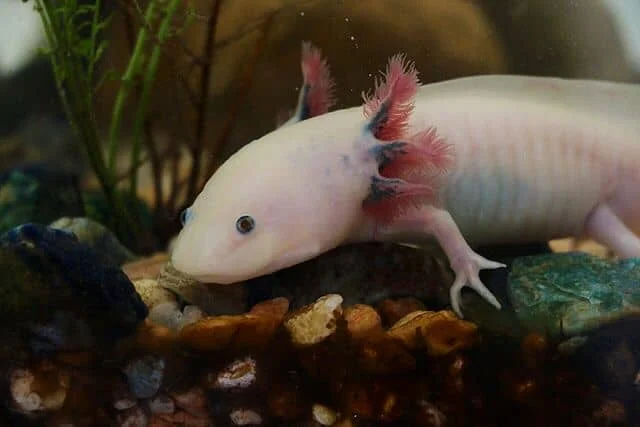by Science China Press
Spermatogonial stem cells (SSCs) are the only type of stem cells in the adult testis that maintain the activity of self-renewal and has the potential for differentiation.
By utilizing the technique of SSCs transplantation (SSCT), it is possible to realize the so-called xenogenic “surrogate reproduction”, therefore producing the functional gametes of species B with the gonads of species A. SSCT provides a powerful tool for production of gametes derived from endangered species or those with desirable traits. However, generation of genome edited gametes from a different species or production of gametes from a phylogenetically distant species such as from a different subfamily, by SSCT, has not been successful.
“Recently, we have achieved a complete success of surrogate reproduction by cross-subfamily SSCT, and obtained genome edited xenogenic SSCT sperm for the first time.“ Said Dr. Fenghua Zhang, the first author for this work. In order to study whether SSCT could be done between different fish species to generate donor-derived genome edited gametes, they utilized two small cyprinid fishes, Chinese rare minnow (Gobiocypris rarus, for brief: Gr) and zebrafish (Danio rerio), which belong to different subfamilies, as donors and recipients for SSCT. They optimized the process of surrogate reproduction by combining CRISPR/Cas9 genome editing and SSCT technologies, and successfully obtained genome edited sperm of Gobiocypris rarus from zebrafish surrogates, with a relative high efficiency.
They delicately described the process of the colonization, proliferation, and differentiation of transplanted SSCs in the recipient gonads, and showed that the reconstructed fertile testis containing Gr spermatids and zebrafish testicular somatic cells. Interestingly, they found that although the SSCT sperm could only fertilize the Gr eggs, they somehow resembled the sperm of zebrafish host but not donor Gr in morphology and swimming behavior. By RNA-seq analysis of the SSCT sperm and the Gr sperm, they demonstrated the existence of zebrafish-derived transcripts in the SSCT sperm, which might affect the development and morphology of SSCT sperm.
This study for the first time demonstrates the possibility of xenogenic SSCT between different subfamilies, and surrogate production of genome edited gametes from a different species. Thus, it opens a new avenue for accelerating breeding process of commercial fish or even livestock.
This work was supported by National Natural Science Foundation of China (32025037 and 31721005), National Key R&D Project of China (2018YFA0801000 and 2018YFD0901205), Chinese Academy of Sciences (XDA24010108), and State Key Laboratory of Freshwater Ecology and Biotechnology (grant No. 2019FBZ05).
Expert Contact
Sun, Yonghua
State Key Laboratory of Freshwater Ecology and Biotechnology, Hongshan Laboratory, Institute of Hydrobiology, Innovation Academy for Seed Design, Chinese Academy of Sciences
yhsun@ihb.ac.cn
Stay Always Informed
Join our communities to instantly receive the most important news, reports, and analysis from the aquaculture industry.
Reference (open access):
Zhang, F., Hao, Y., Li, X. et al. Surrogate production of genome-edited sperm from a different subfamily by spermatogonial stem cell transplantation. Sci. China Life Sci. (2021). https://doi.org/10.1007/s11427-021-1989-9
Editor at the digital magazine AquaHoy. He holds a degree in Aquaculture Biology from the National University of Santa (UNS) and a Master’s degree in Science and Innovation Management from the Polytechnic University of Valencia, with postgraduate diplomas in Business Innovation and Innovation Management. He possesses extensive experience in the aquaculture and fisheries sector, having led the Fisheries Innovation Unit of the National Program for Innovation in Fisheries and Aquaculture (PNIPA). He has served as a senior consultant in technology watch, an innovation project formulator and advisor, and a lecturer at UNS. He is a member of the Peruvian College of Biologists and was recognized by the World Aquaculture Society (WAS) in 2016 for his contribution to aquaculture.




